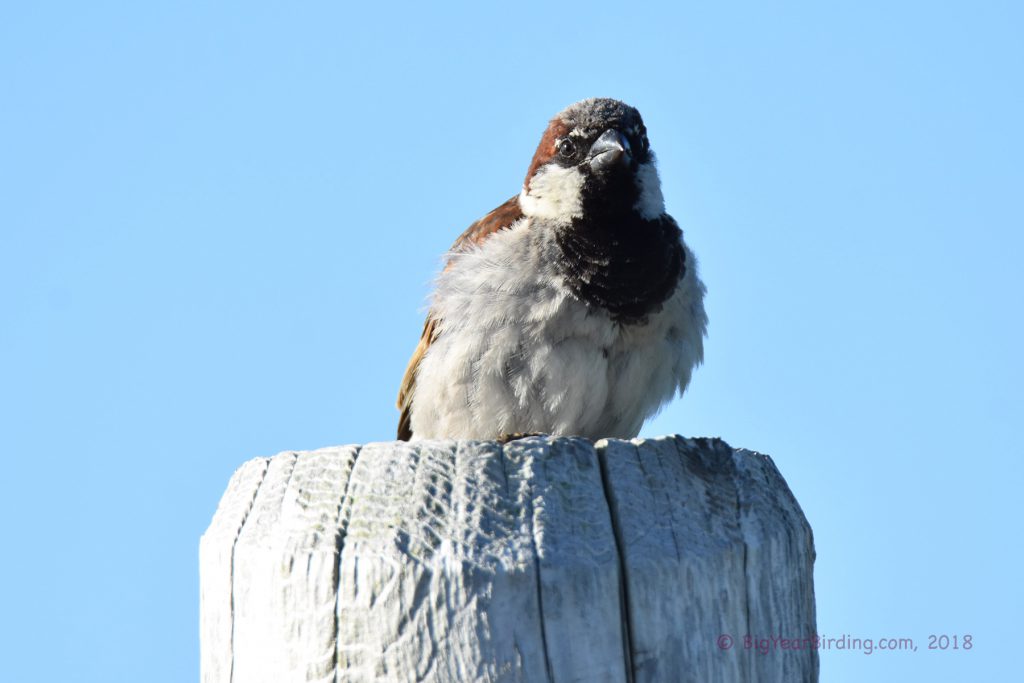
The house sparrow is a small, common bird that is found throughout much of the world. Adult house sparrows are typically around 5 to 6 inches in length, with a wingspan of 7 to 9 inches. They have a stocky build, short neck, and rounded head, with a conical beak that is ideal for cracking open seeds. On average, male house sparrows weigh around 1 ounce, while females are slightly lighter, weighing in at around 0.8 ounces.

House sparrows have distinctive markings that make them easy to identify. Both males and females have a brown and gray streaked back, with a reddish-brown patch on their wings. Males also have a black bib on their throat and a gray cap on their head, while females have a duller gray-brown head and no bib. Juvenile house sparrows are similar in appearance to females, but with a more muted coloring.
Unlike many migratory bird species, house sparrows are non-migratory, meaning they stay in one place year-round. They are highly adaptable and can thrive in a variety of habitats, including cities, suburban areas, and rural regions. They are social birds and often gather in large flocks, especially during the winter months when food is scarce.
House sparrows have a varied diet that includes seeds, grains, and insects. They are known to scavenge for food in garbage cans and outdoor eating areas, and are often seen perched on bird feeders. Despite their abundance and widespread distribution, house sparrow populations have declined in some areas in recent years, likely due to habitat loss and changes in agricultural practices.

In conclusion, the house sparrow is a small, distinctive bird that is found in many parts of the world. They are non-migratory, social birds that thrive in a variety of habitats and have a varied diet. Their decline in some areas highlights the importance of protecting natural habitats and ensuring that there is adequate food and shelter for all bird species.

